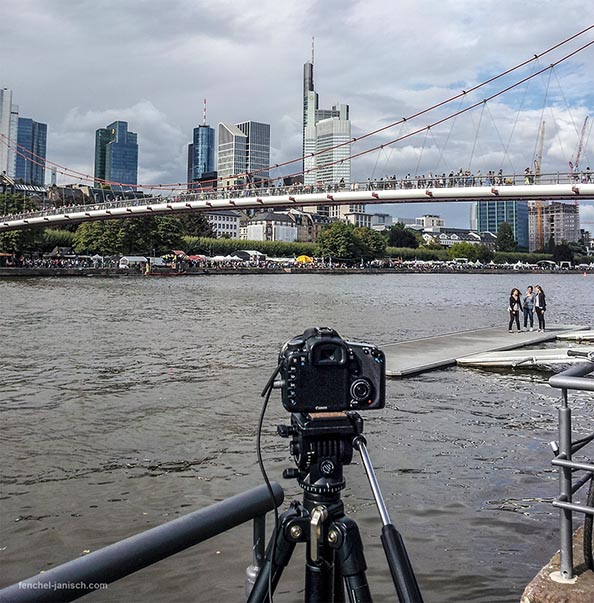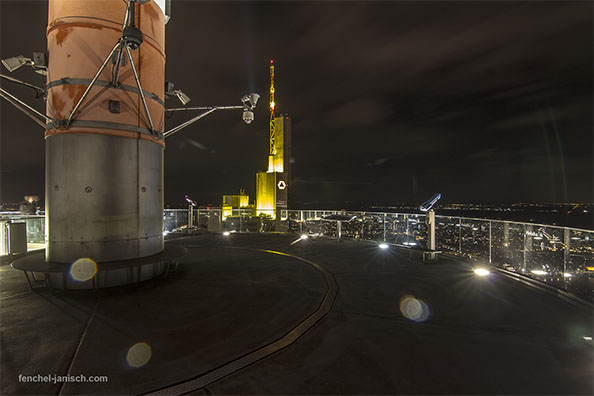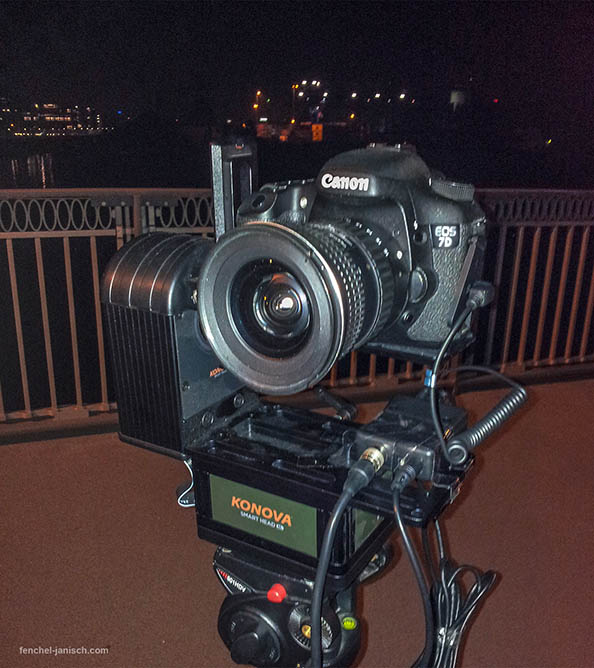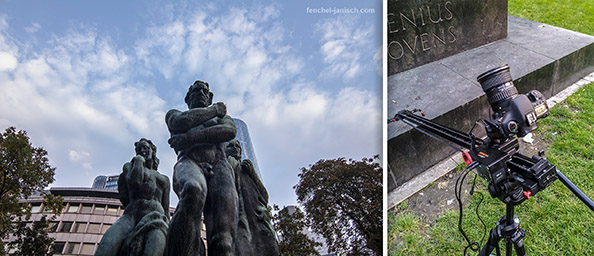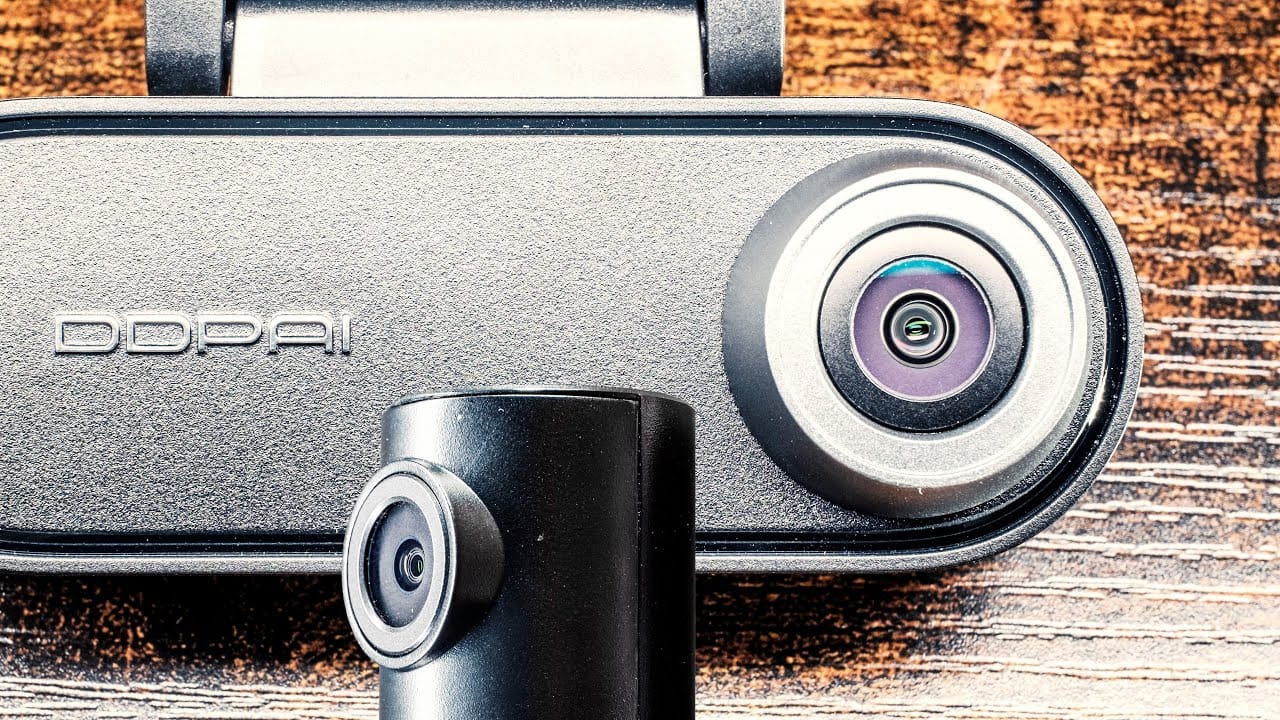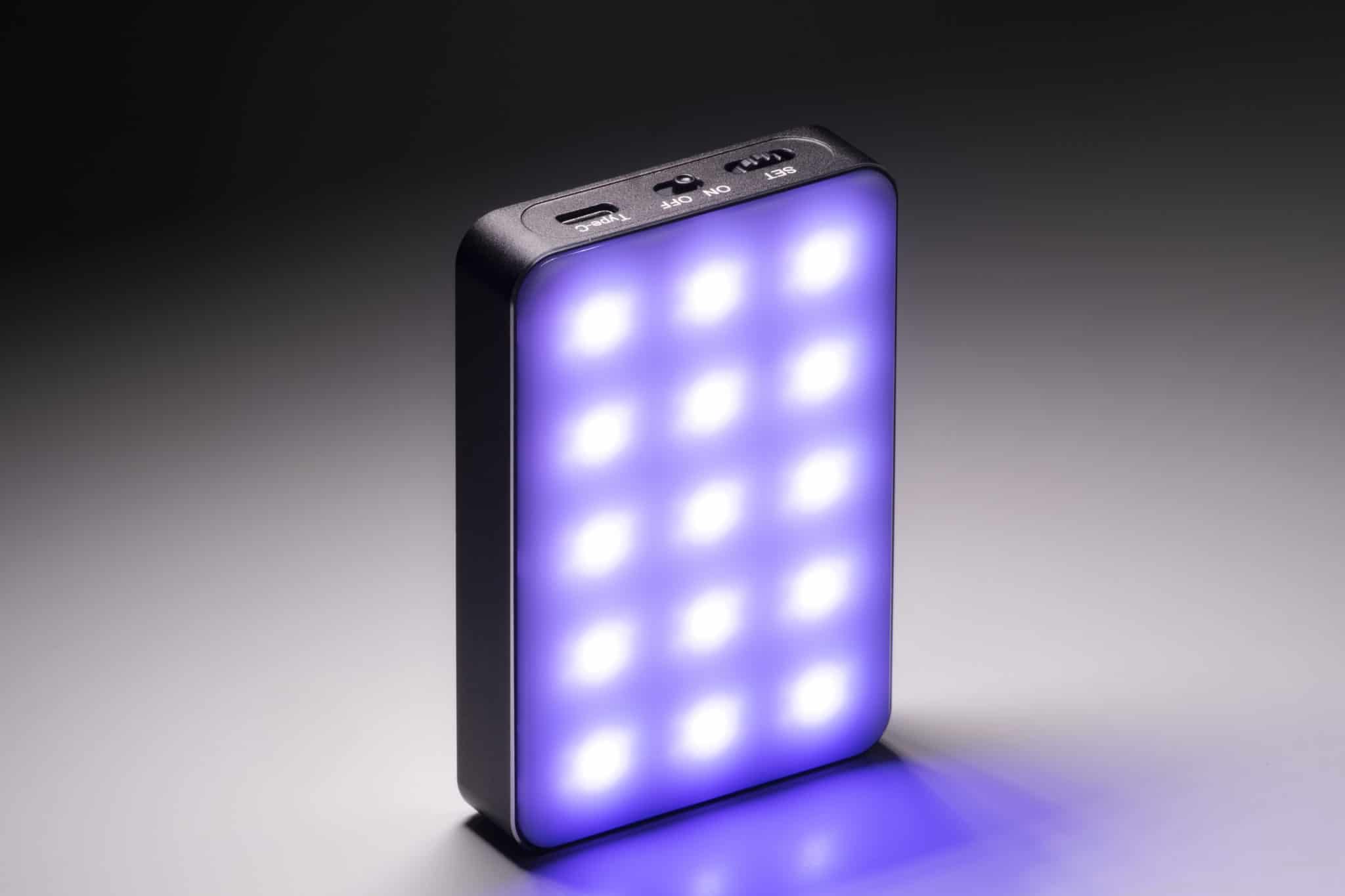When shooting a timelapse you never know how it will look like once it’s finished. A few hundred photographs have to be edited and put into one sequence to be able to see the result. Sometimes timelapses turn into more than you expected and sometimes a shot can be ruined by a few rain drops or fog. The fascination about shooting timelapses: You never know what you will get.
Just like real time video timelapses are all about what’s in front of the lens and not the gear that is being used. Allthough still timelapses are way more technical. The shoot needs to be planned because you can’t change anything during the capture. You can only wait but not actively influence the camera’s movement or anything. Shooting timelapses is all about patience.
Watch our new timelapse film “Frankfurt Moving” in Ultra HD below:
We released our first timelapse film almost three years ago. The film “Frankfurt at Night” was captured in cold winter nights. The short film was okay but could have been made better in a few ways. One year ago we made a music video for a local band called AZZIS MIT HERZ for which we shot a lot of timelapses. We already wanted to make a new timelapse film about Frankfurt back then but we didn’t wanted to use the same footage in two different projects, so we decided to start a new timelapse project using a variety of techniques.
The main difference between the old and the new film would be to show the city both at night and in daylight. The first few shots were captured at the Museumsuferfest in August 2014 which is the biggest street festival on both sides of the Main river. Most sequences were captured with the Canon 7D on a tripod but we used the motorized Konova K5 slider for a few shots as well. We shot most timelapses between October and December which is good for night shots because it is getting dark early but it’s less ideal for day time shots because the sun isn’t shining so much.
The Canon 7D was our main camera which was triggered by a TC-80N3 remote control. Only two lenses were used for everything, except the tilt-shift shots: The Canon 24-105mm F/4 for mid range and telephoto shots plus the Tokina 11-16mm F/2.8 to get a wider perspective.
It’s important to turn of the image stabilization when using the 24-105mm lens for long exposure photography otherwise the shots will be a bit blurry. An ND filter was used on both lenses for all day time shots to be able to avoid high shutter speeds. Why? The timelapse sequence wouldn’t look smooth just like when shooting at a high shutter speed in video mode. To avoid blurry images caused by wind or vibration I still didn’t shoot at 1/50s in daylight. I found that 1/80s is ideal for most shots.
The aperture was set between F/8 (sometimes F/5.6) and F/16 to get a deep depth of field which means that pretty much everything is in focus when photographing at F/16. The main reason to close the aperture that much is simple: Most shots showcase architecture and the city life which is distant most of time so a shallow depth of field wouldn’t make sense because the image would be less sharp. I knew that it only would make sense to finish the film in Ultra HD or 4K which also speaks for a deep depth of field.
For some shots the Canon TS 45mm F/2.8 lens was used to create a miniature / tilt shift effects. Depending on which focal length is being used it can be hard to get that effect when not being far away and above the scenery you want to capture. It’s harder to get the miniature look with the 90mm tilt shift lens than with the 24mm version.
Frankfurt doesn’t have many public towers or platforms which allow cameras. Usually you have to pay a lot to be able to get access plus an additional fee for filmmakers and photographers. All shots “from above” were taken on the platform of the Helaba / Maintower in the city center. They don’t have any restrictions as far as I know. Cameras and tripods are allowed and you have a wonderful 360 degree view of the city. The picture below shows a part of the platform.
The major part of the film was shot in the city center and downtown Frankfurt.
Besides using a slider we also worked with a motorized pan-and-tilt head by Konova that allows the user to move the camera up or down and to the left or right. When working with additional gear like a head or a slider the process of setting up a timelapse takes much longer and needs planning to be able to capture the wanted motive and moment.
The photo below shows the Konova Smart Head:
The image below shows the Canon 7D on the right with the Tokina 11-16mm on the motorized Konova K5 slider. Below is a Manfrotto tripod. On the left side is the shot taken with the camera. The slider plate moves forward onto the Beethoven memorial.
Post production wasn’t complex but took a long time because everything had to be stabilized, reframed, deflickered and color graded. The tricky point: Everything was in 5K. But because the film was mastered in Ultra HD with a 2.35:1 crop there was still room for scaling and reframing. The final resolution is 3840×1632. 16:9 would be 3840×2160, also known as UHD. “Frankfurt Moving” was shot in raw, the files were then edited in Adobe Camera Raw (Photoshop CC) and exported as JPEG files. The photos were put into sequences in After Effects. The stabilization with Warp Stabilizer, deflickering with GBDeflicker and final grading was done in Adobe After Effects CC.
The great music “Familiarize” by artist Adam Skorupa was provided by our friends from Beatsuite.com Music Library.
The three minute film is also available on Vimeo. The good news: Vimeo can now stream Ultra HD / 4K videos if uploaded by Pro a user. The downside: The player still shows “HD” but it’s actually UHD so if you’re computer or internet isn’t fast enough watch the video on YouTube. That means you can either only watch 4K (which is still called “HD”) or SD but not HD.
If you would like to know more about shooting timelapses with the Konova slider and the pan-tilt-head, stay tuned, we will be releasing a video and blog post about that soon.
We will also be posting a detailed tutorial on how to shoot and edit a timelapse film like this.
Written by Moritz Janisch
